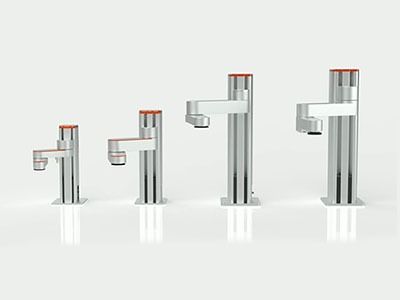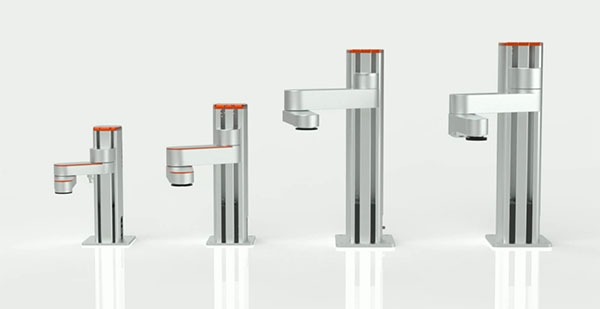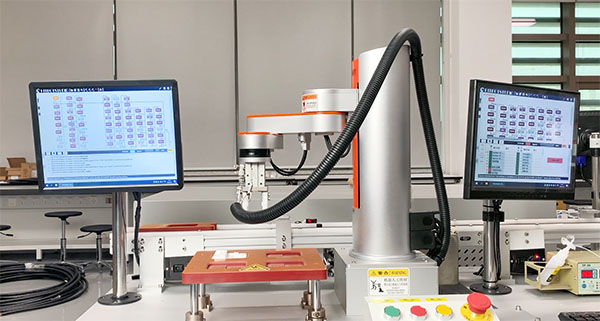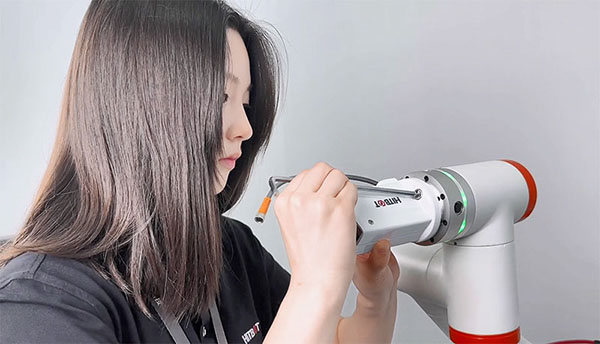
What is the Price of Small Industrial Robot Arms ?
Small industrial robot arms have revolutionized the manufacturing landscape by offering increased efficiency, accuracy, and versatility. These compact and agile machines have become a crucial component in various industries, from automotive and electronics to pharmaceuticals and food processing. As the demand for automation continues to rise, it is essential to understand the factors that determine the price of small industrial robot arms. In this article, we will explore the key considerations and provide insights into the pricing structure of these robotic systems, enabling businesses to make informed decisions while investing in automation technology.

1. Robot Arm Configuration.
The price of a small industrial robot arm is primarily influenced by its configuration. Different robot arms are designed to perform specific tasks, such as pick-and-place operations, assembly, welding, or painting. The complexity of the arm’s mechanical structure, the number of axes it possesses, and its payload capacity all play a significant role in determining its price. Generally, robot arms with more axes and higher payload capacities tend to be more expensive.

2. System Integration.
Another crucial factor that affects the price of small industrial robot arms is the level of system integration required. Robot arms are often part of a larger automation system that includes peripherals such as vision systems, grippers, conveyors, and safety equipment. The integration of these components to ensure seamless operation and communication adds to the overall cost. The complexity of the integration process, including programming and customization, can also impact the price.
3. End-of-Arm Tooling.
End-of-arm tooling (EOAT) refers to the specific grippers, sensors, or other devices attached to the robot arm to perform the desired tasks. The price of small industrial robot arms can vary significantly depending on the type and complexity of the EOAT required. Simple grippers for basic pick-and-place operations are generally more affordable, while advanced tooling options, such as force/torque sensors or vision systems, add to the overall cost. The choice of EOAT should align with the specific application requirements, striking a balance between functionality and budget.

4. Brand and Support:
It is worth mentioning that the reputation and support offered by a robot manufacturer can impact the price. Well-established brands often provide comprehensive customer support, training, and a robust service network, which may come at a premium. However, it is essential to evaluate the specific needs of your business and balance them with the available budget. There are also emerging manufacturers and open-source options that offer cost-effective solutions without compromising quality.
In Summary:
The price of small industrial robot arms is influenced by various factors, including the arm’s configuration, system integration requirements, end-of-arm tooling, and the brand’s reputation. By understanding these considerations, businesses can make informed decisions while investing in automation technology. It is crucial to assess the specific needs of the application, evaluate the available options, and strike a balance between functionality and budget. Ultimately, small industrial robot arms offer a compelling return on investment by enhancing productivity, quality, and competitiveness in the ever-evolving manufacturing landscape.
